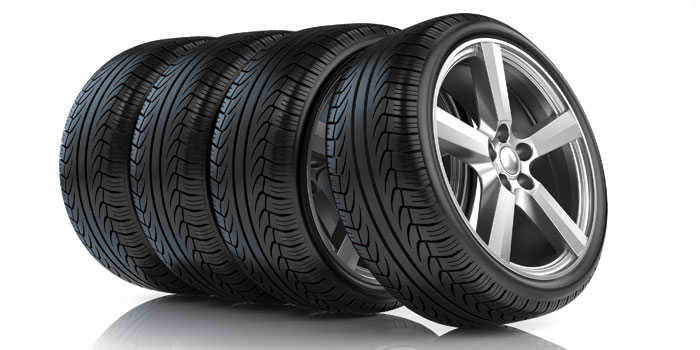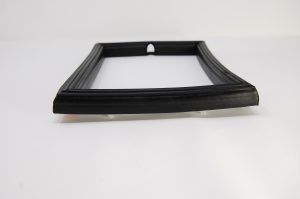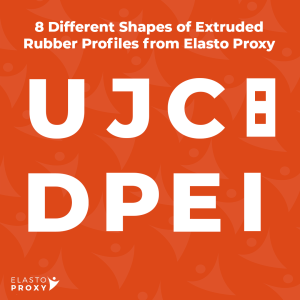Doug Sharpe
President of Elasto Proxy
Has it been a long, cold winter where you live? Here in Canada, we’re finally enjoying some spring-like weather. There aren’t any flowers yet, but warmer weather is coming. Farmers are probably thinking about tilling the soil, but those of us who don’t drive tractors are considering our cars. Is it time to take off the winter tires and put the summer ones on? Will it snow again? Everyone has an opinion!
If tires could talk, what would they tell us – not about the weather, but about rubber compounds and resistance? Did you know that there are several different types of rubber in your vehicle’s tires? “There’s a lot riding on your tires”, one well-known TV commercial explains. There’s plenty of chemistry that goes into tire manufacturing, too, and that’s also true of industrial rubber products.
Let’s Hit the Road
The results of rubber chemistry roll along whenever you hit the road. Butyl rubber is used for the inside of your tires because it resists gases like air, which is why modern tires are tube-less. EPDM is used for the sidewalls because it resists ozone, which can attack stress points. If you need an example of what ozone can do, check out the dry, cracked tires on an old bicycle.
Butyl and EPDM aren’t the only rubber compounds in tires, however. The treads are made of natural rubber and two types of synthetic rubber: BR and SBR. Natural rubber and BR rubber provide great abrasion resistance, and have good cut and tear properties. SBR provides traction in the tire’s tread and offers cold-temperature resistance, which is why there’s more SBR rubber in winter tires.
So Many Materials, So Little Time
Butyl, EPDM, natural rubber, BR, and SBR are common types of rubber, but they’re not the only ones. Industrial rubber products such as seals, insulation, and hoses have different application requirements than tires. In turn, the rubber that’s used in the fuel hoses at gas stations isn’t recommended for use with medical or food processing equipment. Meanwhile, rubber chemists keep inventing new materials.
Most engineers don’t need to be rubber experts, but it helps to know something about rubber and resistance – and not just with regard to your vehicle’s tires. Consider chemical and temperature resistance, for example. Neoprene is a common synthetic rubber that resists water, acids, and bases. It also remains flexible over a wide temperature range. That’s why it’s in some automotive seat covers.
Choosing the Right Rubber
Choosing the right rubber can be challenging, but hopefully these automotive examples help. In addition to the materials mentioned above, engineers may need to specify nitrile rubber. Nitrile offers good fuel resistance, which is why it’s used in the hoses found at gas stations. There are two types of nitrile: NBR and HNBR. The latter is used for high-temperature applications.
Hypalon is another rubber you need to know about. Although it’s more expensive than other materials, Hypalon is inert. Along with good chemical resistance, it provides good weathering. If you live in a warm-weather climate, look for Hypalon at the base of water ponds or even reservoirs. Here in Quebec, all we can see on the water right now is snow and ice!
Specialized Materials
If tires could talk, they wouldn’t mention silicones. Yet our discussion wouldn’t be complete without addressing these highly-specialized materials. Silicone rubbers are used in medical equipment because they’re inert and clean. They’re also used in electrically-conductive EMI/RFI shielding, something that’s important to customers in the aerospace, defense, and electronics industries.
Then there are plasticizers used as flame retardants, processing aids, and to increase cold-temperature resistance. They come in oils and waxes, and are added to rubber compounds to impart specific properties. Rubber chemists have also created so many carbon blacks that there’s now a list as long as your arm. In addition to providing color, carbon blacks increase tensile strength and hardness.
How Can We Help You?
What questions do you have about rubber compounds and resistance? Do you need help choosing the right rubber for a product or project that you’re working on? Talk to us today. Look for a post with a link to this blog entry on LinkedIn, Facebook, Google+, and Twitter. Elasto Proxy has pages on all of these social media websites, so all that’s missing is you.
I hope you’ll subscribe to our free e-newsletters as well. They’re a great source of information delivered right to your email inbox, and provide links to blog entries like this one.










